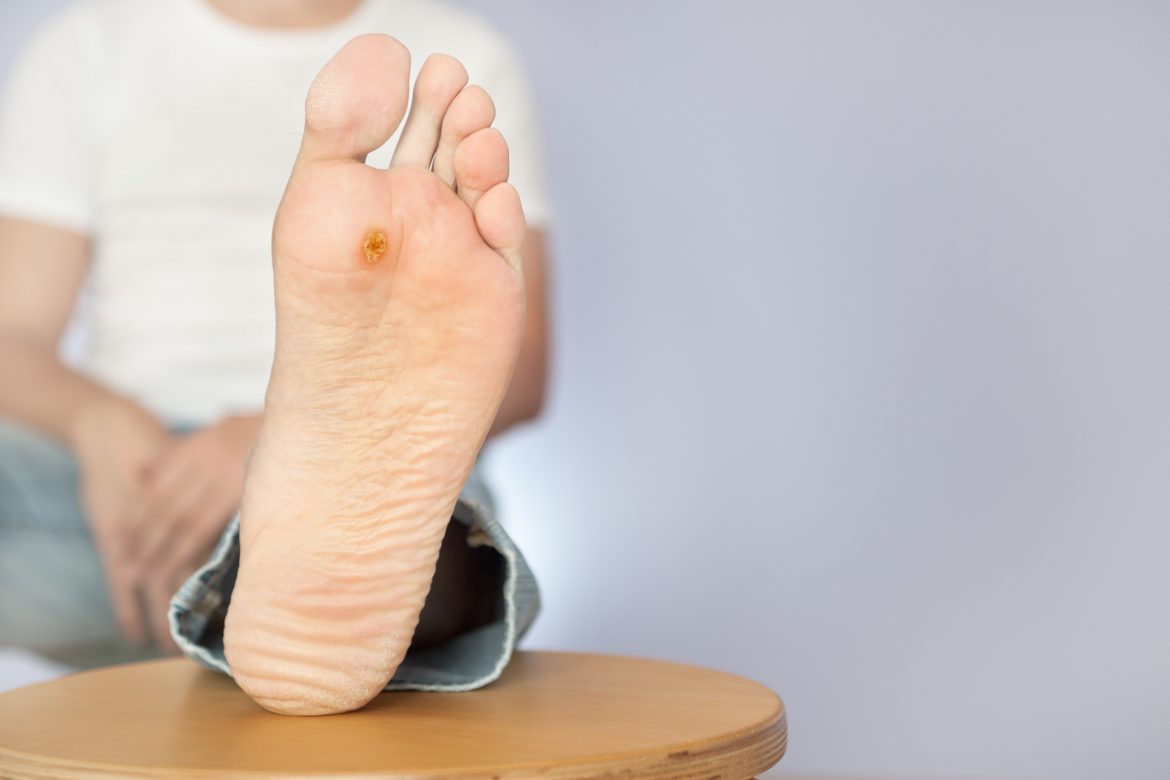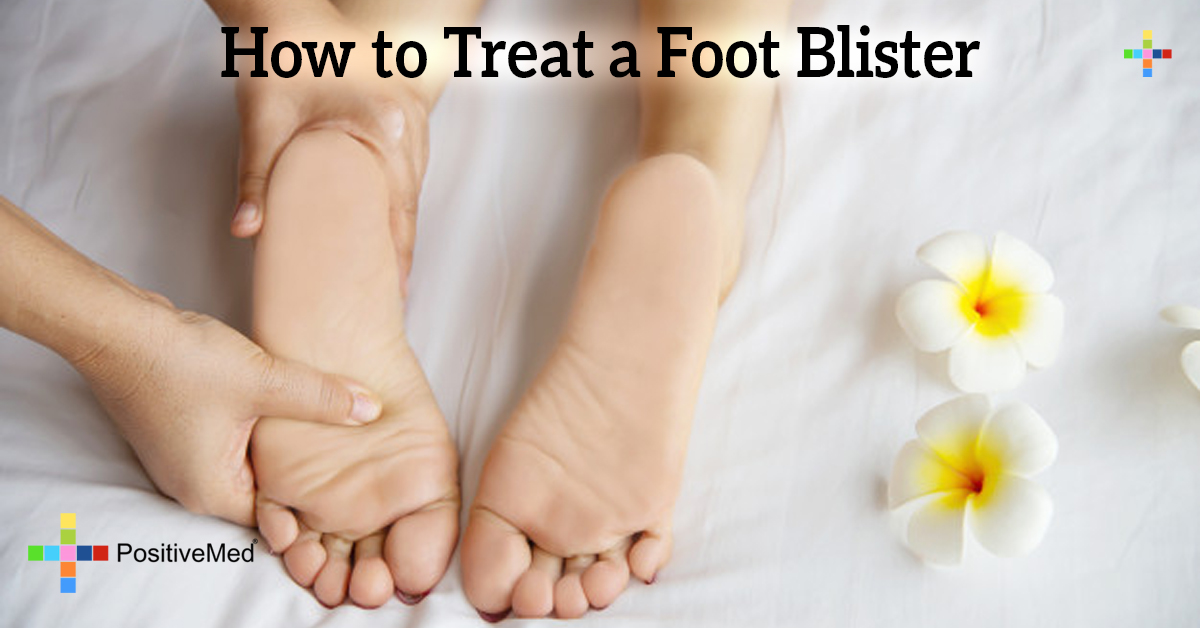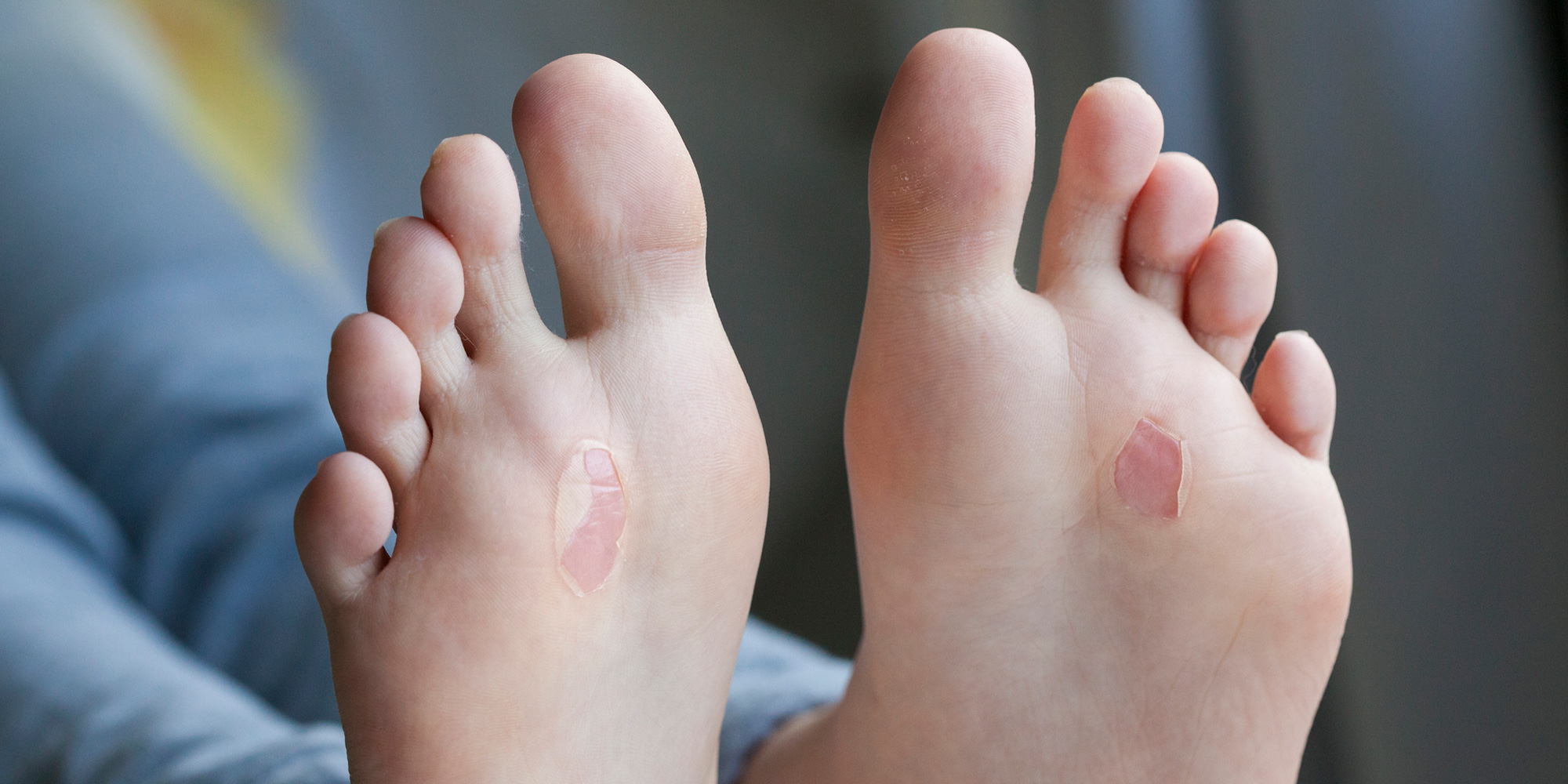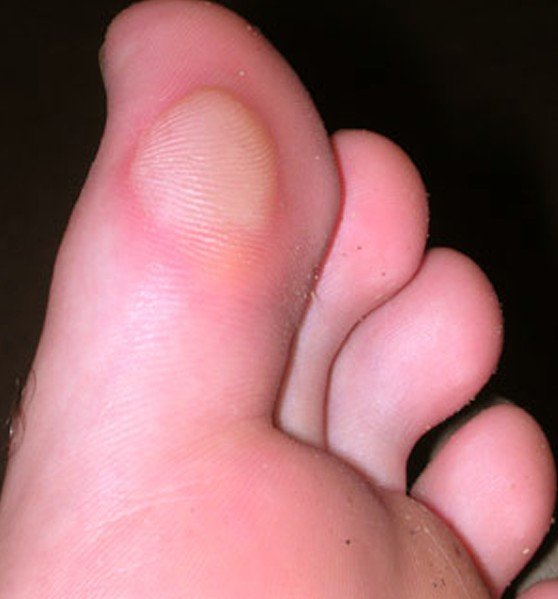Identifying the Cause of Blisters on the Soles of Your Feet
Blisters on the bottom of feet can significantly impact one’s daily routine, making even simple activities like walking uncomfortable. These blisters typically develop as a result of friction, moisture, or foot abnormalities. Friction occurs when the skin constantly rubs against footwear or socks, leading to the formation of a fluid-filled sac. Moisture, often due to sweating or wet conditions, softens the skin, making it more susceptible to blisters. Foot abnormalities, such as bunions, hammertoes, or structural imbalances, can also contribute to blister formation by causing excessive pressure on specific areas of the foot.
Prevention Techniques to Keep Blisters at Bay
Taking proactive measures to prevent blisters on the bottom of feet is crucial for maintaining foot health and ensuring a comfortable daily routine. One essential step is selecting the right footwear. Choose shoes that fit properly, providing ample space in the toe box and offering sufficient support for the arch. Breaking in new shoes gradually can also help prevent blisters, as it allows the foot to adjust to the shoe’s shape and materials. Additionally, consider using shoe inserts or orthotics to correct any foot abnormalities and distribute pressure evenly across the foot.
Moisture-wicking socks are another valuable tool for blister prevention. These socks, made from materials like polyester, nylon, or wool, help keep the feet dry by drawing sweat away from the skin. Opt for socks with cushioned soles and flat seams to minimize friction and further protect the feet from blisters. Applying foot powder or antiperspirant to the feet can also help reduce moisture and prevent blisters.
How to Treat Blisters on the Bottom of Feet: A Step-by-Step Guide
When dealing with blisters on the bottom of feet, it’s essential to follow a proper treatment process to ensure optimal healing and prevent infection. Start by cleaning the affected area with mild soap and warm water. Gently pat the skin dry, taking care not to rub or irritate the blister further. Next, apply a blister cushion or hydrocolloid dressing to protect the blister and promote healing. These products, available at most drugstores, create a moist environment that helps the blister heal more quickly.
After applying the blister cushion or dressing, cover the area with a bandage to secure the protective layer in place. Change the bandage and blister cushion daily or whenever they become wet or dirty. Avoid popping or draining the blister, as this can increase the risk of infection. If the blister is particularly large or painful, or if it shows signs of infection (such as increased redness, warmth, or pus), seek medical attention immediately.
When to Seek Medical Attention for Blisters on the Soles of Your Feet
Although most blisters on the bottom of feet can be treated at home, certain signs and symptoms may indicate a need for professional medical attention. If you experience increased pain, redness, or warmth around the blister, or if the blister is draining pus or exhibiting other signs of infection, seek medical help promptly. Additionally, if the blister is so large or painful that it interferes with your ability to walk or perform daily activities, or if you have a medical condition that weakens your immune system, consult a healthcare provider for further guidance.
In some cases, blisters may be a symptom of an underlying condition, such as a skin disorder or nerve damage. If you suspect that your blisters are related to a more significant health issue, or if you’re unsure about how to care for your blisters properly, consult a healthcare professional. They can evaluate your symptoms, diagnose any underlying conditions, and provide personalized treatment recommendations to help you manage your blisters effectively.
Recommended Products for Blister Prevention and Treatment
Choosing the right products can significantly impact your ability to prevent and treat blisters on the bottom of feet. Here are some high-quality options to consider:
-
Compeed Blister Cushions
These hydrocolloid dressings create a moist environment that promotes healing while protecting the blister from further friction and irritation. They’re designed to stay put, even during physical activity, and are suitable for use on both intact and burst blisters.
-
Copper Stone Foot Powder
Infused with natural ingredients like tea tree oil and aloe vera, this foot powder helps keep feet dry and fresh, reducing the risk of blisters caused by moisture. The copper and zinc content also offers antimicrobial benefits, helping to prevent infection and odor.
-
Band-Aid Hydro Seal Blister Bandages
These waterproof bandages are designed to move with your skin, providing a flexible and secure fit that helps prevent blisters caused by friction. The Hydro Seal technology creates a barrier that locks in moisture, promoting healing and protecting the blister from external contaminants.
-
Faber Castell Blister Gel
Formulated with soothing aloe vera and tea tree oil, this blister gel helps reduce inflammation and redness while providing a protective barrier against friction. It’s an ideal option for treating and preventing blisters on sensitive skin or in areas prone to excessive moisture.
Maintaining Foot Health: Additional Tips for Preventing Blisters
In addition to the prevention techniques and recommended products mentioned earlier, consider incorporating these practices into your foot care routine to further reduce the risk of blisters on the bottom of feet:
-
Regular Stretching
Stretching the feet and legs can help improve flexibility, reduce muscle tension, and alleviate pressure on the feet. Consider incorporating foot-specific stretches, such as toe curls, Achilles tendon stretches, and plantar fascia stretches, into your daily routine.
-
Foot Exercises
Strengthening the muscles in your feet can help improve balance, stability, and overall foot health. Try exercises like toe spreads, heel raises, and marble pickups to target various foot muscles and enhance foot function.
-
Proper Hydration
Staying hydrated is essential for maintaining healthy skin and preventing dryness, which can contribute to blister formation. Aim to drink at least eight glasses of water per day and increase your intake during periods of physical activity or in hot, dry environments.
-
Moisturizing
Applying a moisturizing lotion or cream to your feet daily can help keep the skin soft, supple, and resistant to blisters. Opt for a foot-specific moisturizer containing ingredients like shea butter, coconut oil, or glycerin to provide intense hydration and nourishment.
Living an Active Lifestyle with Blisters on the Bottom of Feet
Blisters on the bottom of feet can be a frustrating setback for those who enjoy an active lifestyle. However, with the right strategies and equipment, it’s possible to manage blister discomfort and continue pursuing your favorite activities. Here are some tips to help you stay active while dealing with blisters:
-
Adjust Your Exercise Routine
Consider modifying your exercise routine to reduce the impact on your feet. For example, switch from running to swimming or cycling, or try low-impact exercises like yoga or Pilates. This can help alleviate blister discomfort and allow your feet to heal.
-
Invest in High-Quality Footwear
Wearing shoes that fit properly and offer adequate support is crucial for preventing blisters. Look for shoes with a roomy toe box, cushioned soles, and breathable materials. For activities like running or hiking, consider shoes with extra cushioning in high-impact areas, such as the heel and ball of the foot.
-
Use Blister Prevention Products
Applying blister prevention products, such as adhesive bandages, blister cushions, or anti-friction creams, to areas prone to blisters can help reduce friction and protect your skin. Be sure to apply these products before exercising and reapply as needed throughout the day.
-
Stay Hydrated and Maintain Foot Health
Drinking plenty of water and maintaining good foot health through stretching, exercises, and moisturizing can help reduce the risk of blisters. Additionally, ensure that your feet are clean and dry before and after exercising to minimize friction and prevent infection.
Long-Term Solutions: Addressing the Underlying Causes of Blisters
In some cases, blisters on the bottom of feet may be a symptom of an underlying issue, such as foot abnormalities or gait problems. Addressing these root causes can help prevent recurring blisters and improve overall foot health. Here are some long-term solutions to consider:
-
Orthotics
Orthotics are custom-made shoe inserts designed to correct foot abnormalities, redistribute pressure, and improve foot function. By addressing issues like flat feet, high arches, or overpronation, orthotics can help prevent blisters caused by abnormal gait or foot mechanics.
-
Professional Gait Analysis
A professional gait analysis involves evaluating your walking or running pattern to identify any biomechanical issues that may contribute to blisters. Based on the results, a specialist can recommend exercises, stretches, or orthotics to correct these issues and prevent blisters.
-
Physical Therapy
Physical therapy can help improve foot strength, flexibility, and alignment, reducing the risk of blisters. A physical therapist can provide personalized exercises, stretches, and other interventions to address specific foot issues and improve overall foot health.
By addressing the underlying causes of blisters, you can find long-term relief and enjoy a more comfortable, active lifestyle. Consult with a healthcare professional or foot specialist to determine the best course of action for your specific needs and circumstances.






